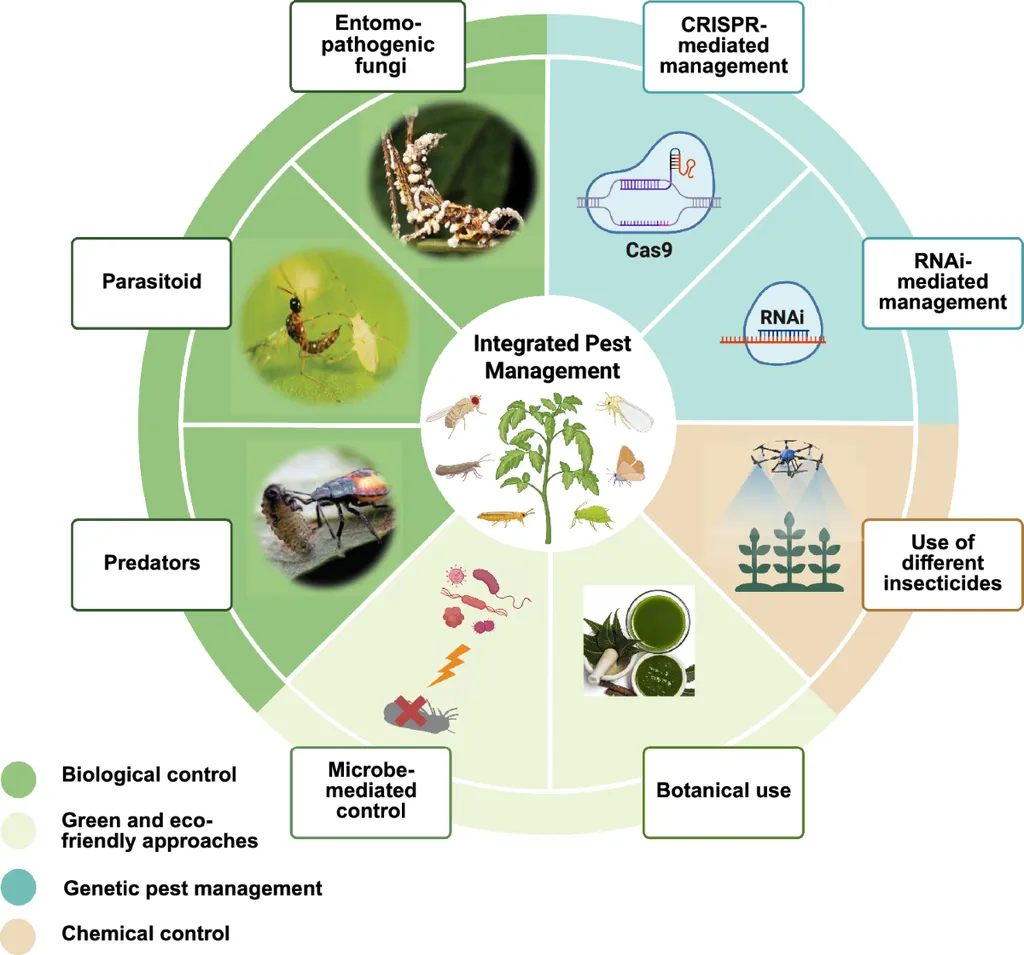In the heart of agricultural innovation, a groundbreaking study led by Marely del Rosario Cruz Felipe is reshaping how we tackle pest management in plantain cultivation. Published in the journal *Neutrosophic Sets and Systems* (translated to English as *Neutrosophic Sets and Systems*), this research introduces the Neutrosophic Analytic Hierarchy Process (NAHP), a sophisticated tool designed to navigate the complexities of agricultural decision-making. The study addresses a critical challenge in the industry: the need for a more structured and objective approach to prioritizing pest-related risks, which are often clouded by ambiguity and uncertainty.
Traditionally, farmers and agronomists have relied on subjective criteria to manage pests, a method that can lead to inefficiencies and misallocation of resources. With the global demand for plantains on the rise, the stakes are higher than ever. “Agricultural systems are inherently variable, presenting incomplete or contradictory information,” explains Cruz Felipe. “Conventional methods often fall short in capturing this complexity, making it difficult to pinpoint the most pressing threats.”
Enter NAHP, an extension of the traditional Analytic Hierarchy Process (AHP) that incorporates neutrosophic logic to handle uncertainty and indeterminacy. By structuring pest threats based on criteria such as economic damage, frequency of occurrence, and control difficulty, NAHP offers a robust framework for decision-making. “This methodology allows us to deliver consistent classifications, enabling more effective pest prioritization,” Cruz Felipe notes. “It’s a significant step towards enhancing both technical and agricultural efficiency.”
The implications of this research are far-reaching. For farmers, NAHP provides a clearer roadmap for resource allocation, ensuring that efforts are focused on the most impactful threats. Agronomists and policymakers can leverage this tool to develop more sustainable and efficient crop protection strategies. “This isn’t just about improving yields; it’s about fostering sustainability in agriculture,” Cruz Felipe emphasizes.
As the agricultural sector continues to evolve, the integration of neutrosophic logic into decision-making processes could revolutionize how we approach pest management. By embracing tools like NAHP, the industry can move towards more data-driven, objective, and efficient practices. This study not only contributes to the theoretical understanding of neutrosophic logic but also offers practical solutions that can be implemented on the ground, shaping the future of sustainable agriculture.

